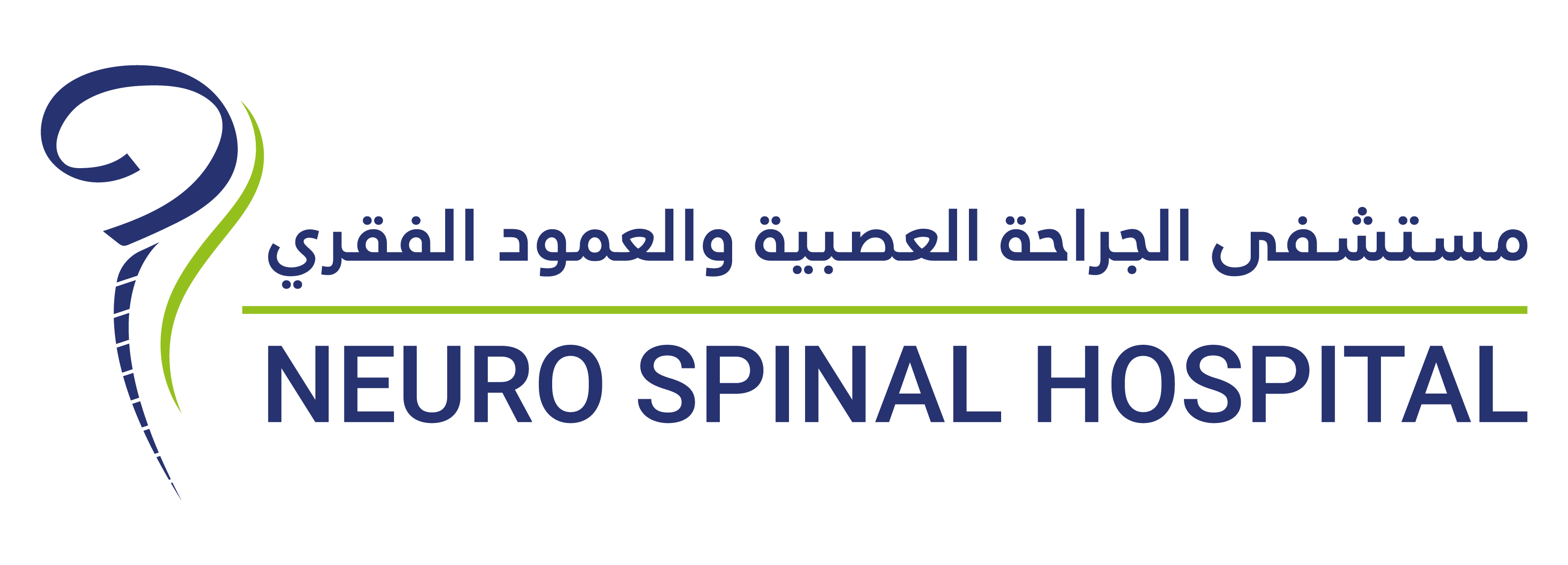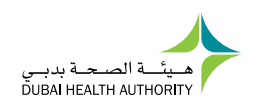There are two main types of stroke which have different causes:
An ischaemic stroke occurs when the brain’s blood vessels become narrowed or blocked, causing severely reduced blood flow (ischaemia). This may be caused by a build-up of fatty deposits in blood vessels or by blood clots or other debris in the bloodstream which become lodged in the blood vessels of the brain.
Some people may have only a temporary disruption of blood flow to the brain, known as a transient ischemic attack (TIA), sometimes called a ministroke, that does not cause lasting symptoms. It is not possible to tell a stroke or TIA apart based only on symptoms, therefore emergency care is required even if symptoms appear to improve. Having a TIA increases the risk of having a full-blown stroke later.
A haemorrhagic stroke occurs when a blood vessel in your brain leaks or ruptures. Brain haemorrhages can result from many conditions, such as:
- Uncontrolled high blood pressure
- Overtreatment with blood thinners (anticoagulants)
- Bulges at weak spots in your blood vessel walls (aneurysms)
- Trauma to the head
- Protein deposits in blood vessel walls that lead to weakness in the vessel wall (cerebral amyloid angiopathy)
- Ischemic stroke leading to haemorrhage
Risk factors
Many factors can increase the risk of stroke risk:
- Being overweight or obese, or physically inactive
- Heavy drinking or use of illegal drugs such as cocaine and methamphetamine
- High blood pressure
- Smoking or exposure to second-hand smoke
- High cholesterol
- Diabetes
- Cardiovascular disease
- Personal or family history of stroke, heart attack or transient ischemic attack.






